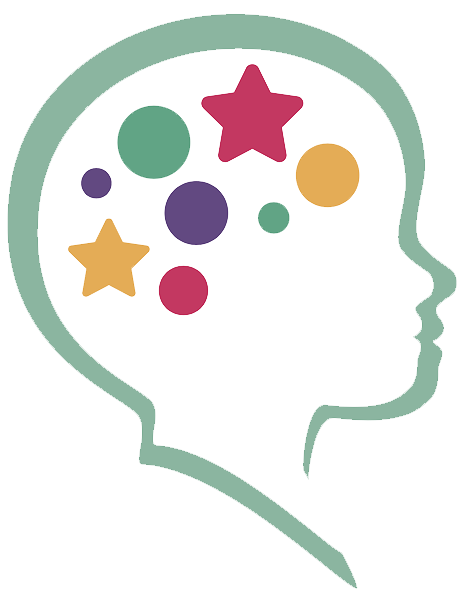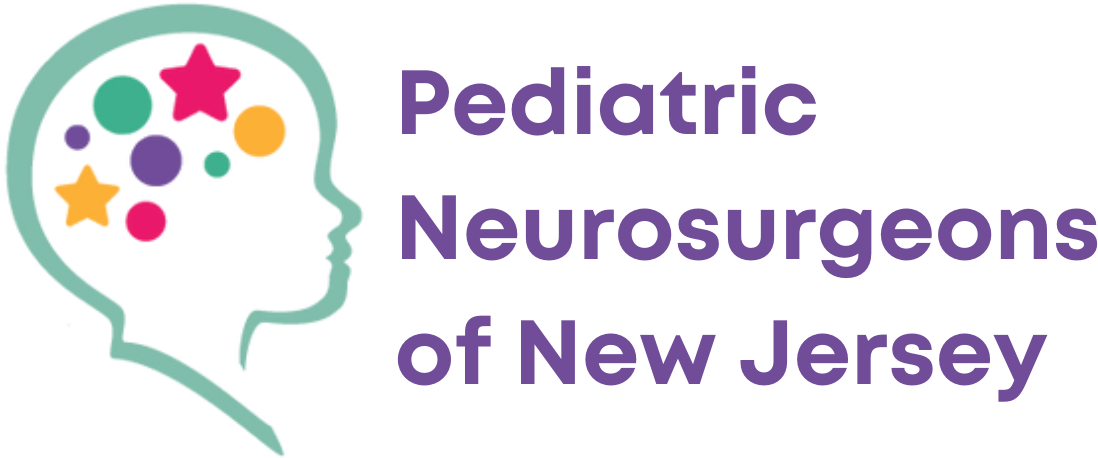Pediatric movement disorders include a spectrum of neurological conditions that affect a child’s ability to control and coordinate their movements. These disorders can manifest in various forms, from tremors and dystonia to chorea and ataxia. Board-certified pediatric surgeon Dr. Vogel leads our dedicated team at Pediatric Neurosurgeons of New Jersey in providing specialized evaluation and treatment for children facing movement disorders.
The Anatomy
The central nervous system, comprising the brain and spinal cord, orchestrates all motor activities. These activities are governed by a complex network of neurons, nerve fibers, and neural pathways. Disruptions or abnormalities in these pathways can result in pediatric movement disorders. For instance, disorders like cerebral palsy may stem from damage to specific areas of the brain that control movement.
Two critical regions of the brain involved in motor control are the basal ganglia and the cerebellum. The basal ganglia regulate voluntary motor movements, while the cerebellum is responsible for coordination and precision. Any structural or functional irregularities in these areas can lead to movement disorders, including dystonia, chorea, and ataxia. Dr. Vogel and our team carefully diagnose the root cause to curate personalized treatment plans.

The Prevalence
Pediatric movement disorders are relatively rare, but their impact on children and their families is significant. While the exact prevalence varies depending on the specific disorder, these conditions collectively affect millions of people in the United States. Conditions like cerebral palsy, dystonia, and Tourette syndrome are among the more commonly diagnosed movement disorders in pediatric patients. Timely diagnosis and specialized care are essential for improving the quality of life and functional outcomes for children with these conditions.
The Symptoms:
- Repetitive, uncontrollable movements such as tremors, tics, or jerks.
- Increased muscle tone, leading to rigidity and resistance to movement.
- Difficulty in controlling fine or gross motor skills, affecting tasks like writing or walking.
- Sustained muscle contractions causing abnormal postures or twisting movements.
- Brief, rapid, and irregular movements often described as “dance-like.”
- Slow, writhing movements, typically affecting the limbs.
- Lack of coordination and balance, leading to unsteady movements and frequent falls.
- Sudden, brief muscle contractions or jerks.
- Repetitive, sudden, nonrhythmic movements or sounds, such as eye blinking.
- Rhythmic, shaking movements, often occurring in the hands or limbs.
The symptoms can vary widely depending on the specific movement disorder and its underlying cause. Early recognition and diagnosis are crucial for providing appropriate interventions and support to improve the young patient’s quality of life.
Risk Factors for Pediatric Movement Disorders:
- Family history of movement disorders.
- Complications during pregnancy, birth, or early infancy.
- Traumatic brain injury or neurological insults during development.
- Certain infections during pregnancy or early childhood.
- Some metabolic conditions.
- Environmental factors and exposure to toxins.
- Some medications, when taken during pregnancy or infancy.
- A family history of neurodegenerative disorders.

The Conditions Treated:
- Cerebral Palsy: A group of disorders that affect movement and muscle coordination, often due to brain damage during early development, leading to spasticity and dystonia.
- Dystonia: Sustained muscle contractions leading to abnormal postures or repetitive movements in specific body parts or generalized.
- Tourette Syndrome: A neurological disorder characterized by tics, which are sudden, repetitive, and nonrhythmic movements or sounds.
- Chorea: A condition marked by brief, rapid, and irregular movements that may appear as involuntary dancing-like motions. Huntington’s disease is an example.
- Ataxia: Impaired coordination and balance due to damage or abnormalities in the cerebellum. Children with ataxia often struggle with tasks like writing or walking.
- Myoclonus: Sudden, involuntary muscle jerks or contractions that can affect various body parts. It may be associated with epilepsy or other underlying conditions.
The Diagnosis
Diagnosing pediatric movement disorders requires a thorough clinical assessment, often involving neurologists and pediatric neurosurgeons like Dr. Vogel. Our medical professionals evaluate your child’s medical history, conduct a physical examination, and use diagnostic tools like neuroimaging, genetic testing, or electromyography (EMG). Accurate diagnosis is critical for determining the specific movement disorder, its underlying cause, and the most appropriate treatment approach.
The Treatment
The treatment for pediatric movement disorders is highly individualized. Approaches may include physical therapy, occupational therapy, speech therapy, and medications to manage symptoms. In some cases, surgical interventions or assistive devices like braces or wheelchairs may be recommended. Dr. Tim Vogel and our team at Pediatric Neurosurgeons of New Jersey collaborate with a multidisciplinary team of experts to provide comprehensive care, ensuring that each child receives personalized treatment tailored to their specific needs.

Schedule Your Consultation
Dr. Tim Vogel is a distinguished pediatric neurosurgeon with unparalleled expertise in treating complex neurological conditions in children. As a former Chief of Pediatric Neurosurgery at Joseph M. Sanzari Children’s Hospital and a “Top Doc” in Bergen County, he has helped countless children lead healthy, fulfilling lives. If your child is facing a neurological challenge, we encourage you to schedule a consultation with Dr. Vogel — we offer same-day and next-day appointments for prompt and timely intervention.

